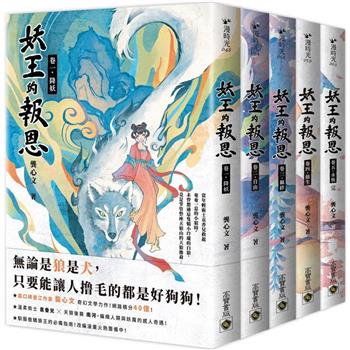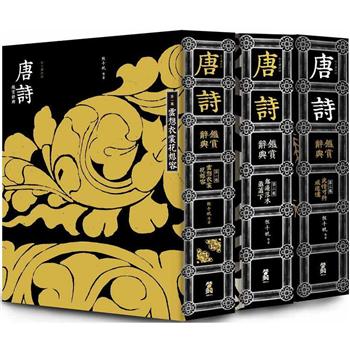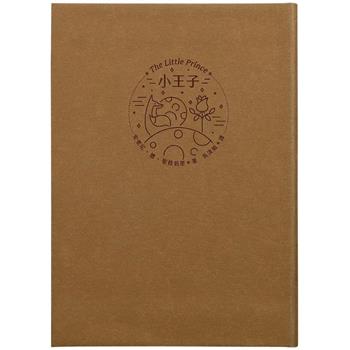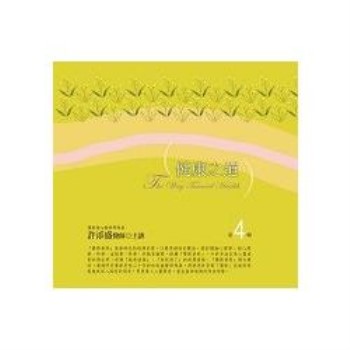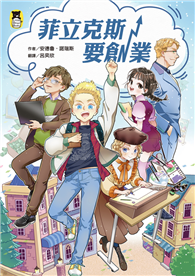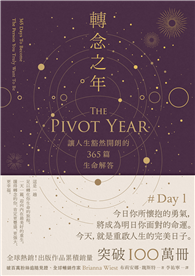| FindBook |
|
有 1 項符合
CREATE:An Innovative Approach Forging Multiple Pathways to Success in the Tertiary ESP Class的圖書 |
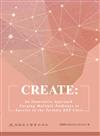 |
$ 630 ~ 665 | CREATE:An Innovative Approach Forging Multiple Pathways to Success in the Tertiary ESP Class
作者:黃湘怡 出版社:高雄復文圖書出版社 出版日期:2024-01-02 語言:繁體書  共 2 筆 → 查價格、看圖書介紹 共 2 筆 → 查價格、看圖書介紹
|
|
|
圖書介紹 - 資料來源:博客來 評分:
圖書名稱:CREATE:An Innovative Approach Forging Multiple Pathways to Success in the Tertiary ESP Class
內容簡介
English for Specific Purposes (ESP) curricula in Taiwan is still limited, and course design and class research are two key areas to work on. This book aims to overcome challenges in ESP courses, fill the gap in relevant literature, and meet students’ needs and university’s expectations by establishing and implementing an innovative teaching model, CREATE, in an ESP course. It reports CREATE and provides the instructional design of the course. It includes the teaching materials, themes and course content, teaching approaches, lesson structure, activities and tasks, and assessments throughout the years of course innovation. It also reveals pedagogical benefits of CREATE as well as its innovations and applicability.
作者介紹
作者簡介
黃湘怡
學歷:
國立高雄師範大學 英語教學博士;英國華威大學 英語教學碩士
經歷:
國立高雄科技大學 應用英語系 專任副教授
文藻外語大學 英國語文系 專任副教授
文藻外語大學 英國語文系 專任助理教授
文藻外語大學 英國語文系 大學部 副系主任
文藻外語大學 境外學生組 組長
中華民國私立教育事業協會 模範教師
文藻外語大學 教學優良教師
國家文官學院 講座
教育部 大專校院境外學生輔導人員支援體系(NISA)計畫辦公室 講座
高雄市政府 公務人力發展中心 講座
高雄市政府 勞工局 英文口試 委員
全民外交研習營(青年班) 協辦人
研究專長:
英語教學、英語演說、跨文化溝通
黃湘怡
學歷:
國立高雄師範大學 英語教學博士;英國華威大學 英語教學碩士
經歷:
國立高雄科技大學 應用英語系 專任副教授
文藻外語大學 英國語文系 專任副教授
文藻外語大學 英國語文系 專任助理教授
文藻外語大學 英國語文系 大學部 副系主任
文藻外語大學 境外學生組 組長
中華民國私立教育事業協會 模範教師
文藻外語大學 教學優良教師
國家文官學院 講座
教育部 大專校院境外學生輔導人員支援體系(NISA)計畫辦公室 講座
高雄市政府 公務人力發展中心 講座
高雄市政府 勞工局 英文口試 委員
全民外交研習營(青年班) 協辦人
研究專長:
英語教學、英語演說、跨文化溝通
目錄
Acknowledgements
Introduction
Background of the Study
Background of the Course Reform
Purpose of the Study
Theoretical Frameworks of the Course
Learning by Doing
Task-Based Language Teaching (TBLT)
Communicative Language Teaching (CLT)
Intercultural Communication Competence (ICC)
Course Content and Classroom Practice
Course Setting
Teaching Model (CREATE)
Instructional Design
Research Methodology
Quantitative Methods
Qualitative Method
Research Design
Results
English Learning
Content Knowledge and Skills
Instructional Sensitivity (IS)
Students’ Perceptions of and Attitudes toward the Instructional Design
nnovation and Contributions
Innovation
Contributions and Applicability
Conclusion
References
Appendix A. Reform Timeline
Appendix B. Survey (English Translation)
Appendix C. Interview Questions (English Translation)
Introduction
Background of the Study
Background of the Course Reform
Purpose of the Study
Theoretical Frameworks of the Course
Learning by Doing
Task-Based Language Teaching (TBLT)
Communicative Language Teaching (CLT)
Intercultural Communication Competence (ICC)
Course Content and Classroom Practice
Course Setting
Teaching Model (CREATE)
Instructional Design
Research Methodology
Quantitative Methods
Qualitative Method
Research Design
Results
English Learning
Content Knowledge and Skills
Instructional Sensitivity (IS)
Students’ Perceptions of and Attitudes toward the Instructional Design
nnovation and Contributions
Innovation
Contributions and Applicability
Conclusion
References
Appendix A. Reform Timeline
Appendix B. Survey (English Translation)
Appendix C. Interview Questions (English Translation)
序
Acknowledgements 致謝詞
僅將此書獻給我的家人們,尤其是我的父母,黃京笙先生和呂慶珊女士。沒有他們無私的愛、付出、栽培、與支持,就不會有現在的我,也不會有這本書的出版。對於慶瑗與慶玲阿姨給我的鼓勵與照顧,心懷感恩。特以此書來榮耀上帝,將此榮耀歸與神!也感謝在天上的奶奶、姥姥、慶蘭阿姨。
This book reflects and represents my dedication, enthusiasm, and hard work while recording my journey as an assistant professor. I would like to dedicate this work to my wonderful family, particularly my loving parents. Without their unconditional love, encouragement, and support, I would not have been me, and I would not have accomplished this work. I cannot thank God enough for them. I am extremely grateful to God for His love, guidance, and blessings. Without Him, this journey would not have been possible. I would like to thank my sister, Sky, for proofreading my Chinese abstract, and my brother, Kenneth, for comforting me. I am beyond grateful to my family, including my aunts and late grandmothers and aunt, for their love and faith in me. I would like to express my sincere gratitude to my friends, Elaine Manky Li, Jamie Ng, and Archangela Girlanny Putri Tjendera, for being there for me, proofreading the drafts, and creating illustrations for this book. Finally, I would like to thank all my friends, colleagues and students for their kindness and support during this process.
僅將此書獻給我的家人們,尤其是我的父母,黃京笙先生和呂慶珊女士。沒有他們無私的愛、付出、栽培、與支持,就不會有現在的我,也不會有這本書的出版。對於慶瑗與慶玲阿姨給我的鼓勵與照顧,心懷感恩。特以此書來榮耀上帝,將此榮耀歸與神!也感謝在天上的奶奶、姥姥、慶蘭阿姨。
This book reflects and represents my dedication, enthusiasm, and hard work while recording my journey as an assistant professor. I would like to dedicate this work to my wonderful family, particularly my loving parents. Without their unconditional love, encouragement, and support, I would not have been me, and I would not have accomplished this work. I cannot thank God enough for them. I am extremely grateful to God for His love, guidance, and blessings. Without Him, this journey would not have been possible. I would like to thank my sister, Sky, for proofreading my Chinese abstract, and my brother, Kenneth, for comforting me. I am beyond grateful to my family, including my aunts and late grandmothers and aunt, for their love and faith in me. I would like to express my sincere gratitude to my friends, Elaine Manky Li, Jamie Ng, and Archangela Girlanny Putri Tjendera, for being there for me, proofreading the drafts, and creating illustrations for this book. Finally, I would like to thank all my friends, colleagues and students for their kindness and support during this process.
|
